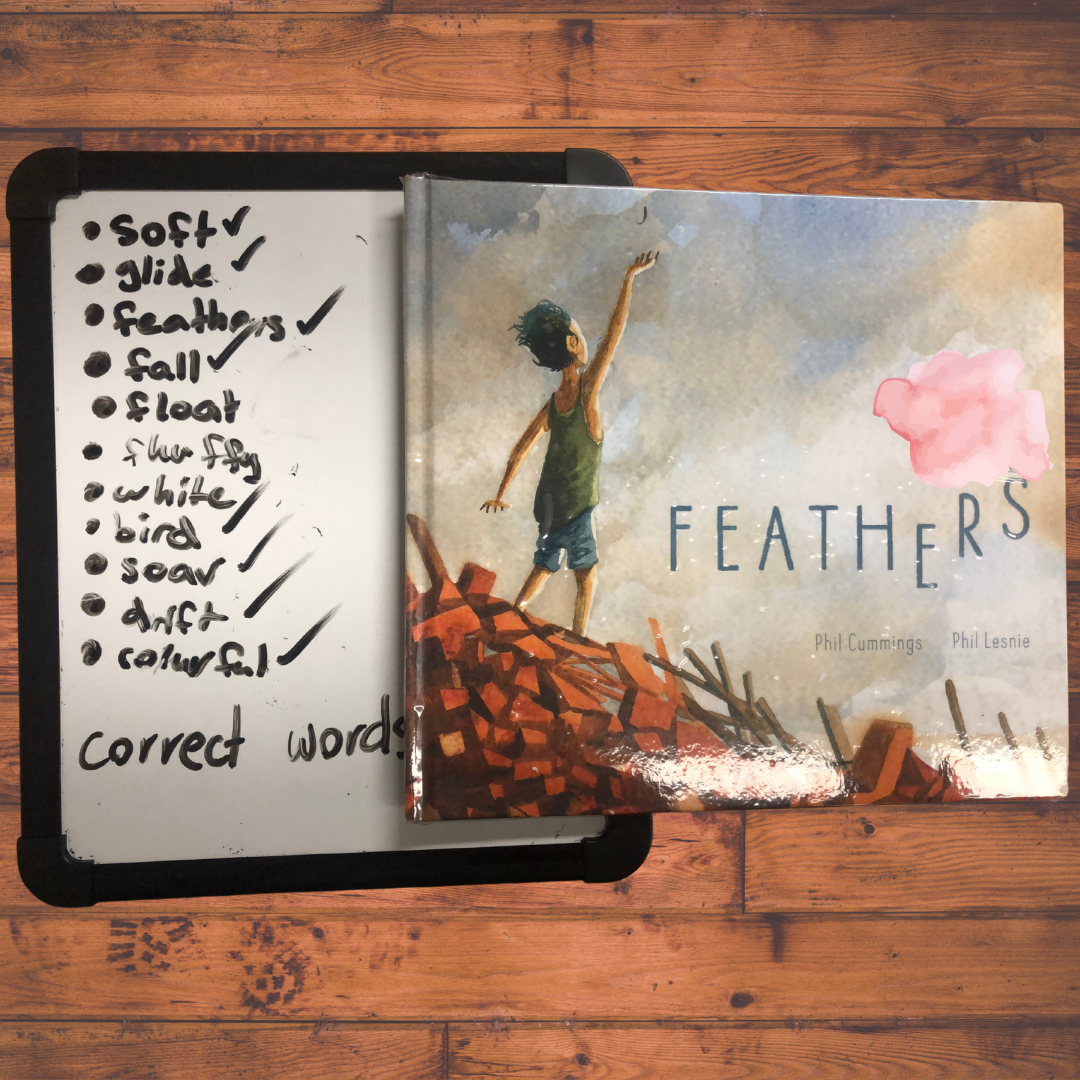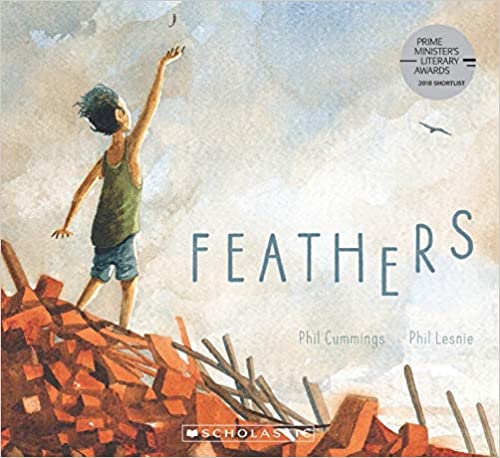Grab a free trial and go bananas!
- Download all lessons to PDF
- Download and edit all resources
- Share lessons with your colleagues
- Save favourite lessons for later

Prediction Mission
Learning Intention: I am learning to use comprehension strategies, such as prediction, to build literal and inferred meaning.

Prediction Mission
Learning Intention: I am learning to use comprehension strategies, such as prediction, to build literal and inferred meaning.
- Whiteboards
- Whiteboard Markers
Grade 3 - AC9E3LY05
Grade 2 - AC9E2LY04
- I can make predictions about a text by drawing upon my own knowledge of the topic.
- I can use subject specific vocabulary when making predictions about a text.
Modelled
Introduce the lesson by discussing how skilled readers use prediction to anticipate the events, ideas and vocabulary that may arise in a text. They do this by combining their own knowledge of the topic, with clues that the author and illustrator provide.
Explain that prediction begins the minute we pick up a book, and for great readers it continues as they read the text.
Guided
Show students the front cover of a selected book and share the title with them. As a class dissect the title and the cover illustration, exploring possible meanings and storylines the text could take.
Provide students with a whiteboard and whiteboard marker.
Ensure the front cover of the book is on display for everyone to see. Tell students that they will have two minutes to predict as many words as possible that they think will appear in the book. Tell students that the words recorded need to be subject-specific to the topic of the book. For example if reading ‘Feathers’ students may record drift, float, fluffy, birds etc.
After they have jotted their ideas down, ask a selection of students to share some different predicted words.
Read the text to the class. As you are reading, ask students to tick off any words they hear from the text that was on their list.
Independent
At the end of the book, students will review their list of predicted words and will answer the following questions on their whiteboard.
a. How many words did you correctly predict?
b. What word were you surprised didn’t appear in the text?
c. What new words did you learn from the text?Students will discuss their answers with a partner.
- Support: Students can use examples off the board and would benefit with a partner brainstorm.
- Extension: Record down other words associated with the title and ask students to use the collected words to write a descriptive passage.


- Can students predict words that connect to the title of a book?
- To encourage students to be continually predicting during the reading process, stop half way through the text and repeat the activity. This will allow students to revise their words, adding and deleting as needed, based upon their new knowledge of the text style and structure.
Sign up for hundreds more lessons like this!
Access over 600 lessons, 50 units and oodles of premium editable resources to suit the literacy needs of K-6 students.Start a 7 day free trial today!
